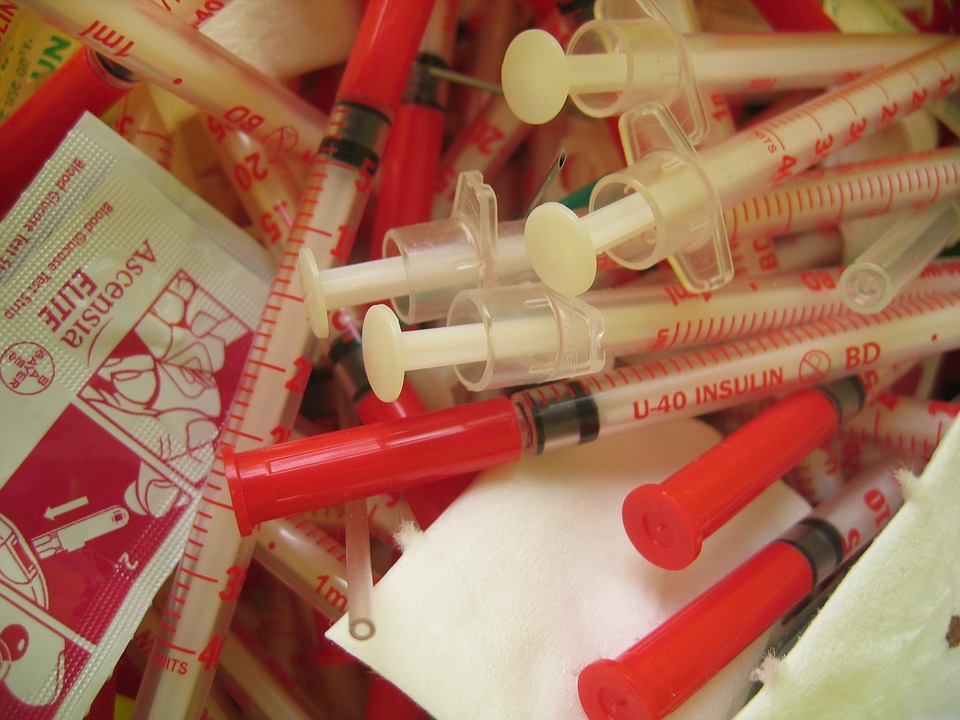December 2013 - Perfluorinated compounds are environmental toxins that are found in fire extinguishing foam and water-repellent textiles and, for example. In a new study, a research team led from Uppsala University has seen links between high levels of perfluorinated compounds in the blood and diabetes.
The research group at Uppsala University has previously shown associations between high levels of environmental toxins, such as PCB, pesticides, and phthalates and diabetes. In the new study they have investigated whether elevated levels of another type of environmental toxin, so-called perfluorinated compounds, are related to diabetes. Perfluorinated compounds are used in a wide variety of industrial and consumer products, including fire fighting foam, non-stick cookware, and grease and water-repellent materials such as food contact material, ski wax and GoreTex, for example.
In a group of more than a thousand 70-year-old men and women from Uppsala, levels of seven different perfluorinated compounds were measured in the blood and related to whether the individuals had diabetes (114 persons) or not. These seven perfluorinated compounds was detectable in virtually all individuals in the study.
We saw that high levels, especially of one of the perfluorinated compounds, perfluorononanoic acid (PFNA), were linked to diabetes. Perfluorooctanoic acid (PFOA) was also associated with diabetes in this group. We also saw that PFOA was linked to disrupted secretion of insulin from the pancreas, explains Monica Lind, associate professor at the Division of Occupational and Environmental Medicine at Uppsala University.
The study raises the question of whether high levels of certain perfluorinated compounds, which were found in all individuals in this study, are linked to the development of diabetes.
The study is part of the so-called PIVUS study at Uppsala University.
Continue Reading Below ↓↓↓
L. Lind, B. Zethelius, S. Salihovic, B. van Bavel, P. M. Lind (2013) Circulating levels of perfluoroalkyl substances and prevalent diabetes in the elderly, Diabetologia
Source: Diabetologia










